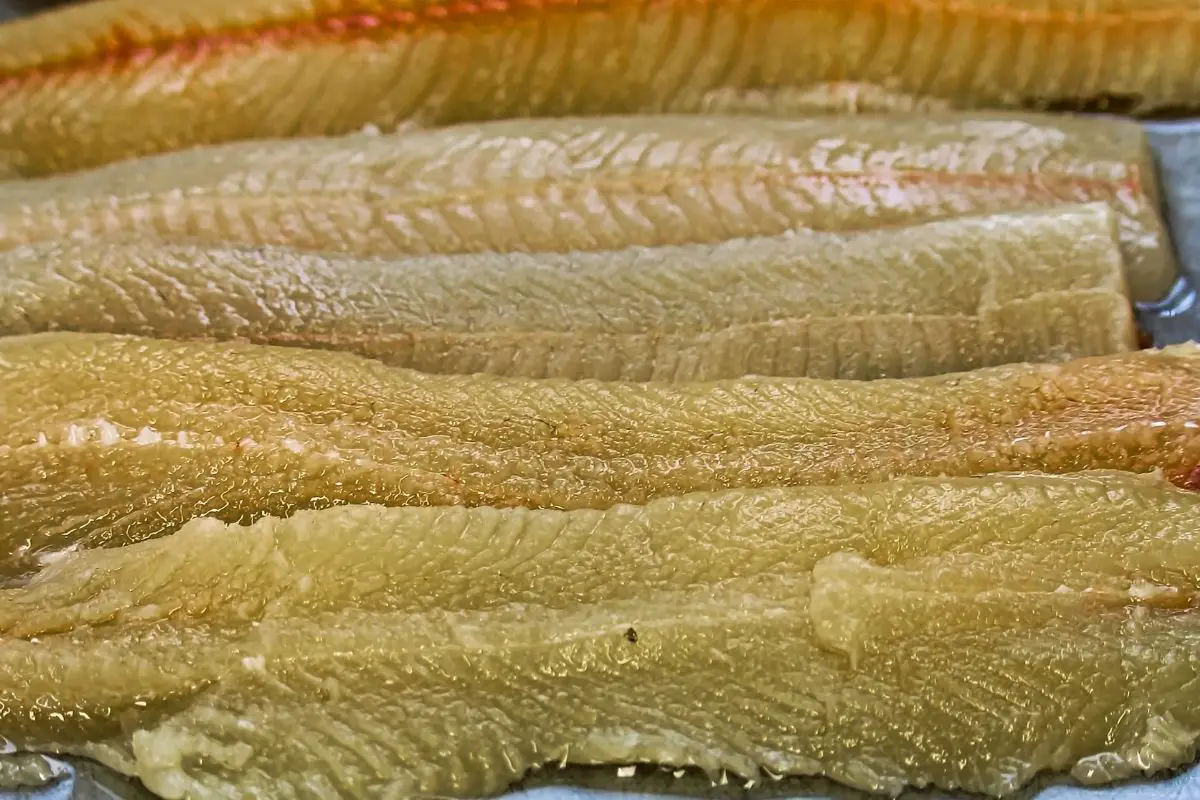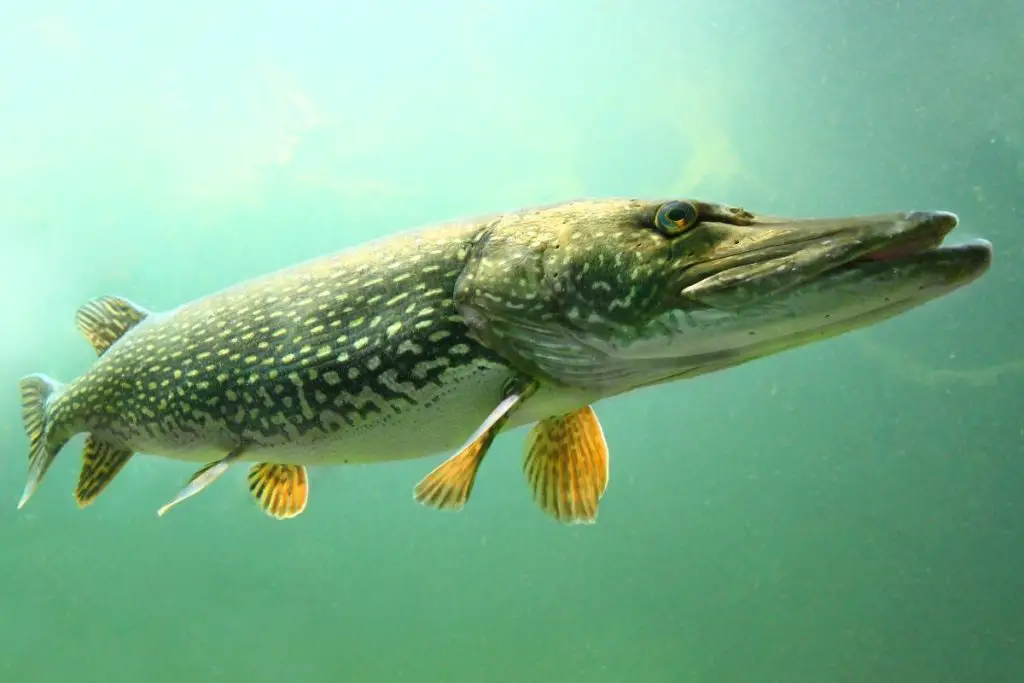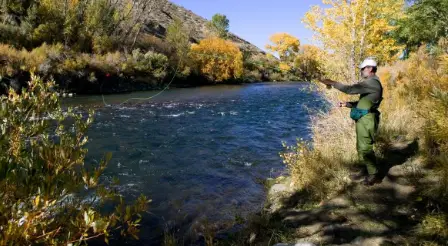The northern pike (or Esox lucius) is a carnivorous species of fish.
The name of the species is just pike, but northern pikes specifically are found in the northern hemisphere, which includes North America, Europe, and Russia.
Fishing for pike is very popular amongst anglers, mainly because they’re considered game fish due to their aggression, but also because they can make for a good meal.
People have been cooking northern pike and pike in general since back in Roman times.
But before you can cook up a northern pike, you’re going to need to debone it, which can be daunting if you’ve never done it before. The following article will break down the process of deboning a northern pike.
Considerations Before Deboning A Northern Pike
Before deboning of a northern pike, you must remove all of the skin from the fish. This isn’t the case for every kind of fish, but for all fish, in the Esocidae family, it’s a vital first step.
The reason for this is that these fish have a protective layer of slime across their skin, whose purpose is to provide added protection from the environment. You’ll notice this slime on your hands when you’re handling the fish.
Naturally, leaving the skin on the northern pike (and therefore leaving the slime) is a no-go, as it would make for an extremely unpleasant meal.
Despite the gruesome layer on the skin of the fish, the actual meat of the pike is quite tender.
You’re going to need a sharp knife to filet the pike, ideally a fillet knife, which is designed for this very purpose.
How to debone A Northern Pike: First Steps
Before you can filet the fish, you need to remove the organs. Poke the tip of your blade into the underside of the pike, right under the gills.
Only insert the tip, otherwise, you risk puncturing the organs. Run your knife up across the belly to the anus. Once you’ve sliced open the fish fully, carefully take out all of the organs and discard them.
With your filleting knife, you should make the initial incision right behind the pike’s head. Cut the fish’s belly, between the ventral fins.
Some people prefer to also remove the ventral fins at this stage by cutting around them both, but it’s just down to personal preference whether you do the same.
Either way, you’ll be removing them at some point in the filleting process.
Your next step is to hold the head of the pike with a firm grip and then make a downward incision down to the fish’s backbone.
Turn your knife and, putting pressure on the back of the knife, cut down the fish’s backbone until your blade reaches the tail. Then remove this fillet. Flip the pike around and then take out the second fillet.
Removing The Bones

Tyger Leader is reader-supported and may earn a commission when you book or purchase using our links. Learn more about our affiliate disclaimer here.
Next, you need to take out the bones from the fish’s rib cage.
The rib cage isn’t as deep on the northern pike as it is on fish like the walleye, so you won’t have to make a very deep cut at this stage.
Make this cut under the white body cavity lining and, once more keeping a good amount of pressure on the back of your knife, slice down to the fish’s belly.
It can help at this stage to keep a small amount of pressure on both the cavity lining and the back of your blade with your alternate hand. This will lessen the risk of you cutting too deep into the pike’s flesh.
Once you see the knife come out just by the belly, all of the ribs will have been removed. If you didn’t cut out the ventral fins earlier, then do so now, cutting in v-shapes around both fins.
Most of the fat of the fish will be in the belly, and this is where the majority of the toxins are found. If you’re fileting quite a big pike, you’ll want to remove at least a little of the fat- around a quarter of an inch.
Removing The Y-Bones
The next step how to debone a Northern Pike ? is crucial, but also fairly simple. Find what looks like a dotted line that runs along the entire fillet. This dotted line represents the Y-bone of the fish, which you’re going to need to remove.
The long part of this bone runs down through the pike, in the direction of the back of the fish.
Run your knife along the dotted line to make this row of bones easier to see. At a point, just a little higher than this line of bones, use your blade to slice straight down.
Continue to cut down the dotted line until your blade hits the Y-bone’s stems.
Once you’ve found the leg of the Y-bone with the tip of your knife, cut along the leg towards the back of the fish, but without actually exiting the fish with your knife.
With the stem of the fish’s Y-bone exposed, find the bottom of this bone. You should find it just under (roughly half a centimeter) the dotted line you located earlier.
Cut into and under this bone, following the line just like you cut the top of the bone. Remember to keep pressure on the back of the blade, slicing up through the fish until you get to the dorsal.
Take out the strips containing all of the Y-bones, and now you’ll have two fillets of northern pike that are ready to cook.
Just make sure no stray bones are remaining in the fish; if you weren’t successful with getting both of your cuts to meet at the back of the Y-bone, you might need to do a little more cutting.
Conclusion
The most important thing to remember about deboning a northern pike is that, unlike with some other families of fish, you need to remove all of the skin first.
This is because these fish have a layer of slime across their skin that you really won’t want to be consuming.
As long as you know how to debone a Northern Pike? take out the organs, and remove the bones, preparing a northern pike shouldn’t be much of a hassle at all.



